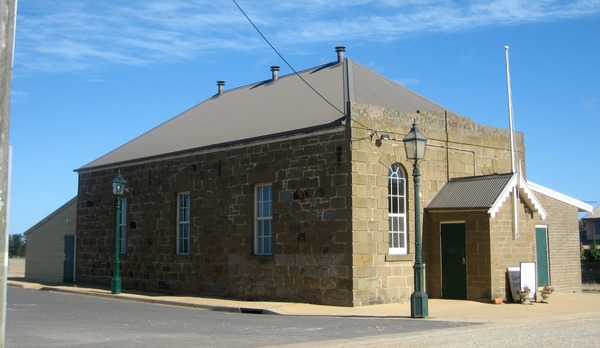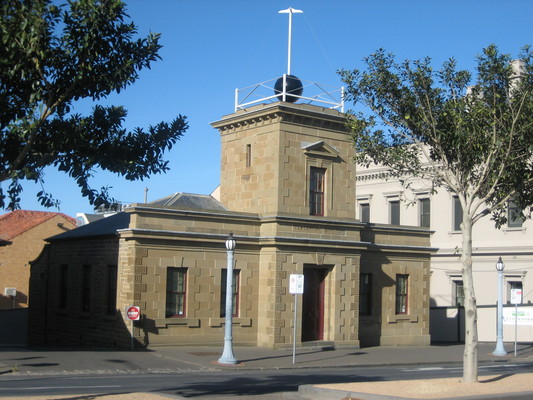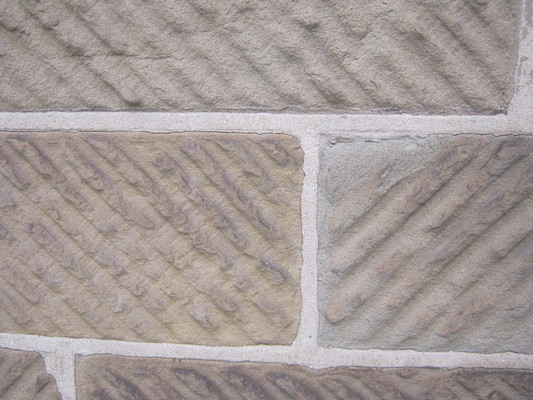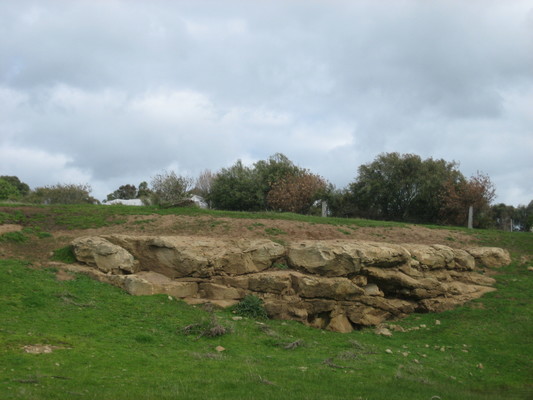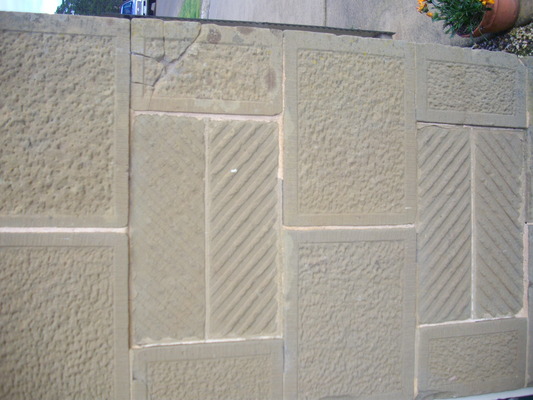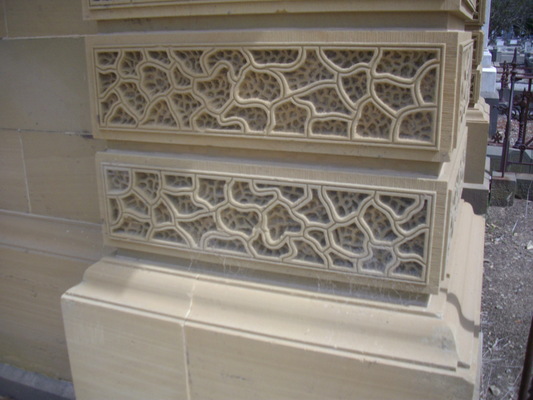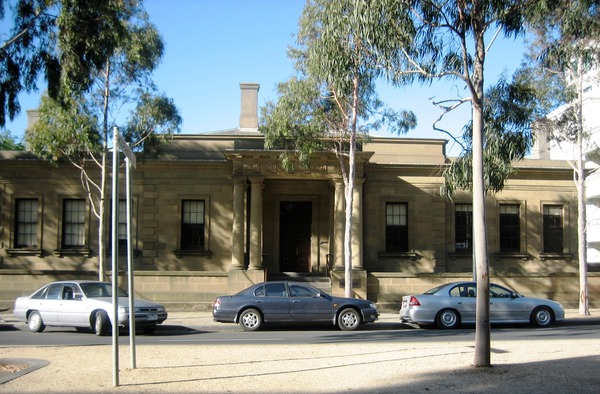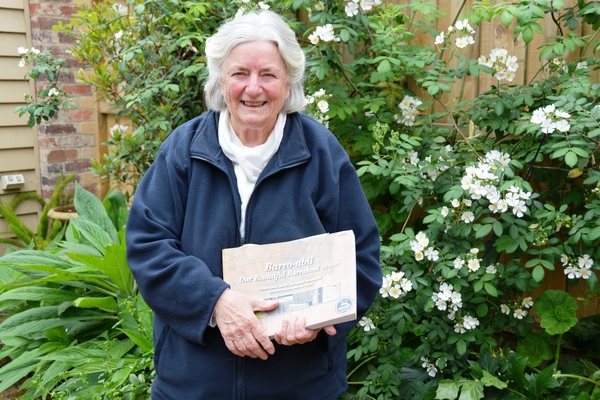Once it was literally the building block of local architecture, now it’s the subject of local literature. JUSTIN FLYNN meets the woman who wrote the book on the history of Barrabool sandstone’s use in local construction.
Underneath Barrabool’s sloping hills hides a highly regarded greenish, even-textured stone.
Barrabool sandstone was worked in quarries around Ceres from the 1850s and has been used for many prominent public buildings in Melbourne and Geelong and regional Victoria.
Currently there are 11 Heritage Overlays in the Barrabool Hills within Surf Coast Shire, mostly protecting buildings of local stone.
Jennifer Bantow OAM knows a thing or two about Barrabool sandstone.
Jennifer teamed with Ros Lewis to produce a book, Barro-abil: Our Beautiful Barrabool Sandstone.
“We started 10 years ago – it was originally going to be a booklet,” she says.
It isn’t a booklet, instead a glossy full-colour 474-page testimony to the Barrabool sandstone’s origins and history.
“The geology fascinates me,” Jennifer says.
“It’s the geology that causes the beauty.”
Barrabool sandstone has played a major role for the foundations of a number of buildings.
The Wesleyan church and the Temperance Hall in the township of Ceres and the Anglican church near Barrabool are on the Register of the National Estate.
The register also contains the very early Denominational school made of rubble sandstone (1847) and an Aboriginal quarry for Cambrian greenstone.
Neuchatel (1854), originating from pioneer vignerons who began in 1842, is on the Victorian Heritage Register.
The former Customs House (Jennifer’s favourite) and Bendigo’s Sacred Heart Cathedral (Ros’ favourite) are prime examples of structures being built with Barrabool sandstone.
Barro-abil: Our Beautiful Barrabool Sandstone brings together information about Barrabool sandstone that has not been published, or has been published but scattered in various resources that have not emphasised the stone itself.
The story starts from the stone’s geological formation and continues through extraction from the early quarry sites to the building and description of the many structures where the stone was used.
The story includes the geologists, quarrymen, stonemasons and architects who identified the stone, quarried, crafted, sculptured, designed and constructed the structures described in the book.
“There’s no other sandstone like it,” Jennifer says.
“The Customs House in Geelong is so beautifully proportioned and visually very complete and perfect in my opinion.”
Jennifer is passionate about preserving heritage architecture and both she and Ros are National Trust volunteers.
Jennifer recounts the days when she was a school teacher.
“We had one part of the school that was traditional; high ceilings, windows, made of brick and bluestone, and a fireplace,” she says.
“The other part was a concrete building.
“It was amazing that the kids’ behaviour changed depending on what building they were in. They seemed more inspired when they were in the first building.
“When there’s beautiful surroundings, the context makes people happier.”
The book has sold out, but there are plans for a reprint if demand is strong enough.
“The Barrabool hills have always been a magnet for artists,” Jennifer says.
“The beauty of the buildings and the unusual texture and lushness of the stones … it’s just mesmerising.”
Barro-abil: Our Beautiful Barrabool Sandstone was awarded the Judges’ Special Prize at the Victorian Community History Awards held in Melbourne.
“We loved doing the research,” Jennifer says.
“We kept getting endless samples of Barrabool sandstone. The research just went on and on and on.
“It (the award) was a total surprise.”
The judges were impressed.
“A coach tour conducted by the authors in 2003 was the catalyst for the publication of this lovely book. Chronologically organised within themes, eleven chapters comprehensively review buildings constructed from the distinctive sandstone of the Barrabool Hills in the hinterland of Corio Bay. Chapter sections also include entries about the Aboriginal people of the Barrabool Hills, and brief biographies of the surveyors of the land and the architects and sculptors who designed and created buildings and memorials from the sandstone. While concentrating on the Geelong district, the book goes far beyond to encompass many buildings in Melbourne constructed from the stone. Recognition of the distinctive qualities of Barrabool sandstone underpins the importance of recording and, where possible, conserving homes, churches, other public buildings, and cemetery memorials created from the stone. This 474 page publication, printed on quality paper, has a bibliography and index, and entries are linked to their Victorian Heritage Register numbers where applicable. The many images reproduced in this fine book demonstrate the beauty of the architecture characteristic of the Geelong district.“



